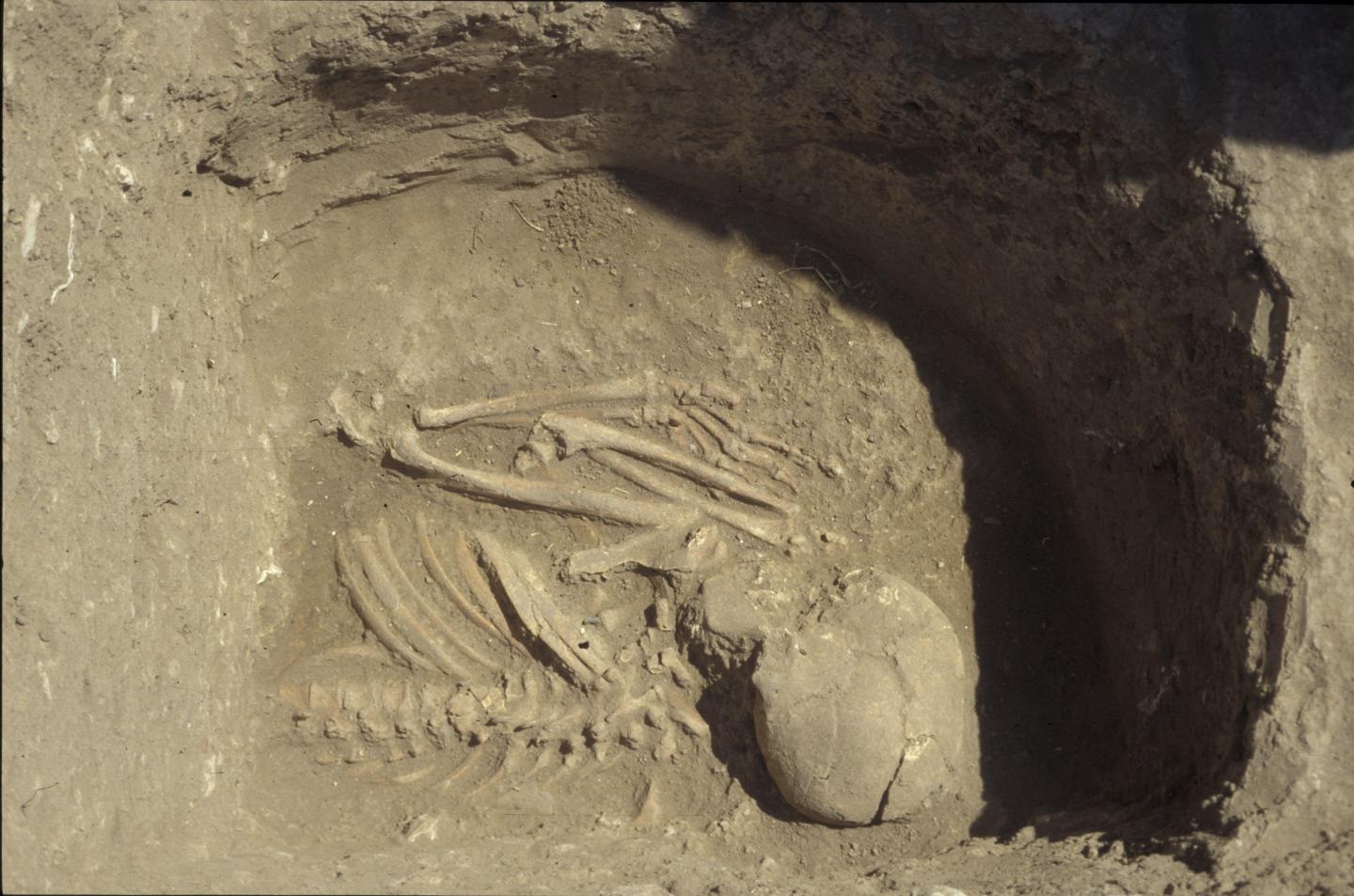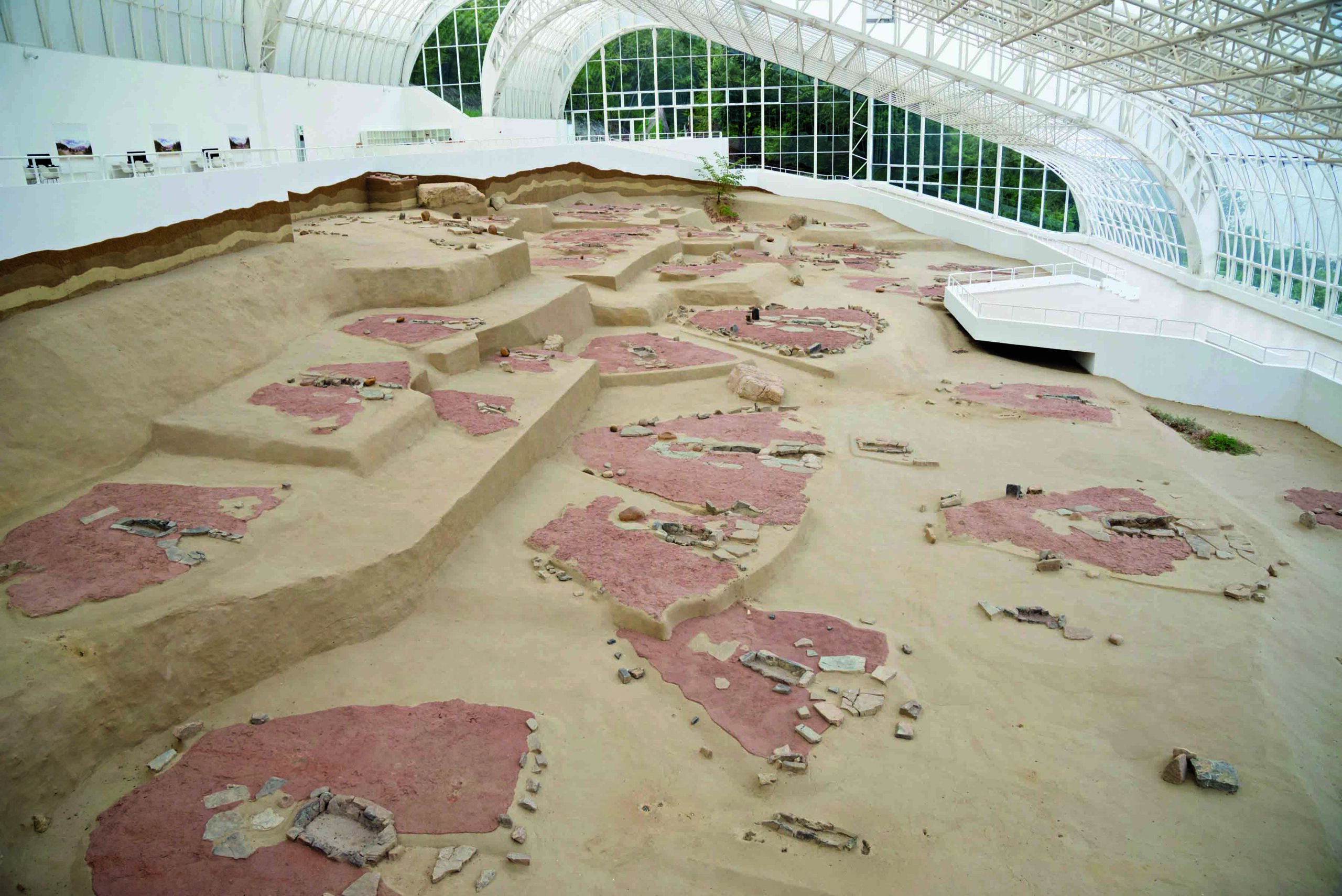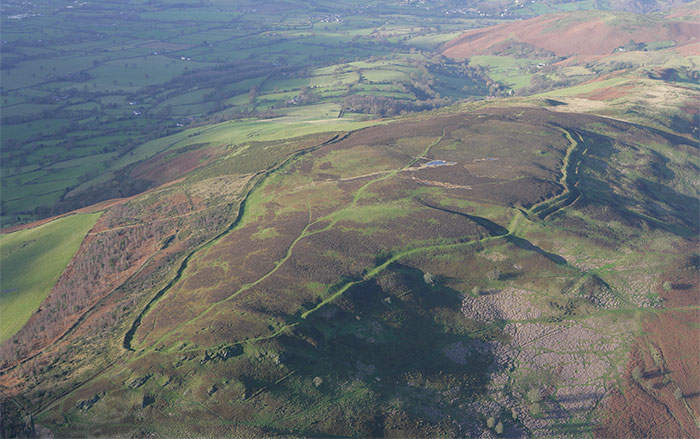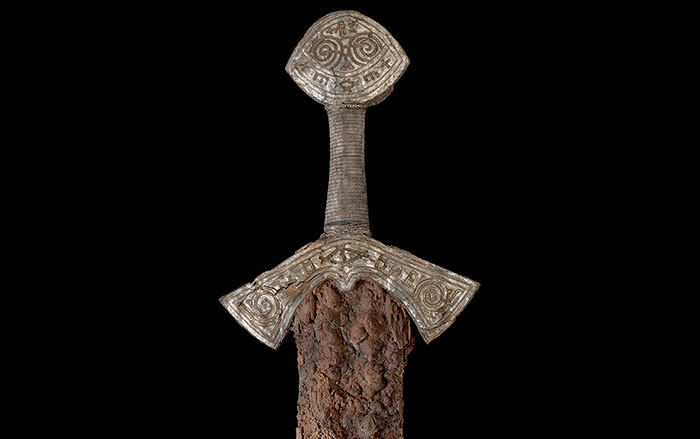
STOCKHOLM, SWEDEN—Ayca Omrak of Stockholm University obtained DNA from 8,000-year-old human remains at the site of Kumtepe, a Neolithic site in Anatolia that was excavated in 1994. The samples were heavily degraded, but she was able to show that the region was a hub for the spread of ideas and genes into Europe. “I have never worked with a more complicated material. But it was worth every hour in the laboratory. I could use the DNA from the Kumtepe material to trace the European farmers back to Anatolia,” Omrak said in a press release. Her colleague Jan Storå adds that further research in the region could shed light onto the transition from hunting and gathering to farming. To read more about the period in Europe, go to "The Neolithic Toolkit."











